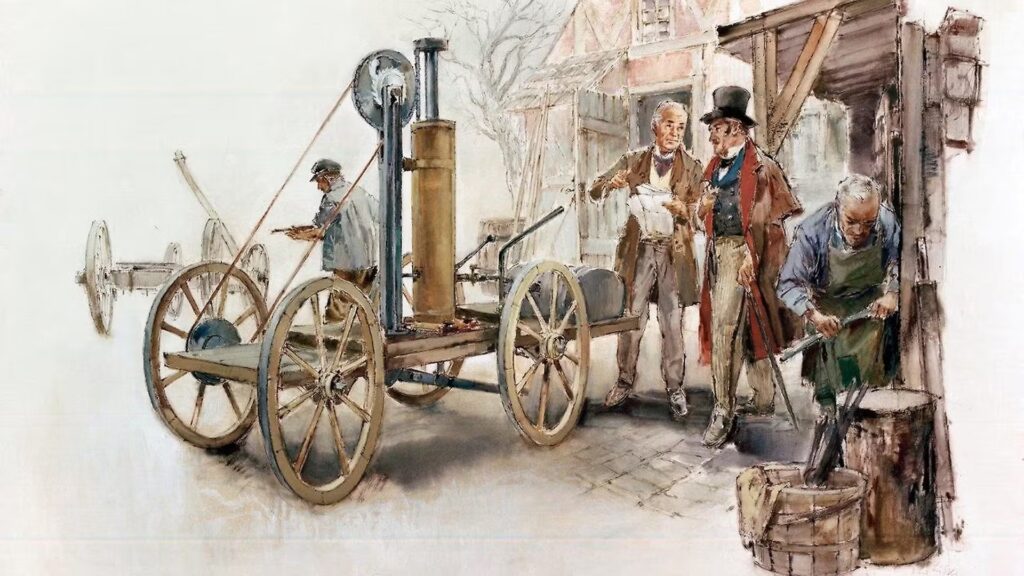The first discoveries of hydrogen: a step towards understanding the elements
The story of hydrogen begins in the 16th century, with the first observations of the properties of gases. But it was in the 18th century that hydrogen was identified as a distinct element.
1. The emergence of a new scientific era
It was in 1671 that the English chemist and physicist Robert Boyle noticed that when iron reacted with acids, it produced a flammable gas. However, the real discovery of hydrogen came from Henry Cavendish, a British scientist who, in 1766, isolated this gas and named it ‘flammable air’. Cavendish discovered that this gas, when burnt, produced water. This crucial observation led to a better understanding of hydrogen as a distinct chemical element.
Significantly: Cavendish did not fully understand the nature of hydrogen, but his work laid the foundations of modern chemistry. By burning hydrogen, he proved that water was not an element in itself, but a compound of hydrogen and oxygen.
2. The nomination and the first theories
It was Antoine Lavoisier, the father of modern chemistry, who gave the gas the name ‘hydrogen’, derived from the Greek ‘hydro’ (water) and ‘genes’ (generate), emphasizing its ability to produce water when burnt. Lavoisier played a key role in understanding hydrogen as a fundamental element, contributing to the chemical revolution of the 18th century.
Hydrogen in the industrial era: from aviation to the first energy applications
The industrial era saw hydrogen move from the laboratory to practical applications. Its potential as an energy source was quickly recognized.
3. Use in aviation: the dream of flying higher
At the beginning of the 20th century, hydrogen was used to fill the first airships, thanks to its lightness. The famous German airship Hindenburg, for example, used hydrogen. However, the Hindenburg tragedy in 1937, when the airship caught fire and crashed, highlighted the dangers of using this flammable gas.
Historical impact: This tragic event slowed down the use of hydrogen in aviation, but did not stop research into its other potential applications.
4. Hydrogen and energy: the beginnings of the fuel cell
As early as the 1830s, Sir William Grove, a British lawyer and scientist, developed the first fuel cell, a technology that converts hydrogen into electricity through an electrochemical reaction. Although the idea was revolutionary, it was not until more than a century later that the technology began to find practical applications, particularly in space.
Technological breakthrough: NASA uses hydrogen fuel cells to power the Apollo space missions, demonstrating the reliability of hydrogen as an energy source.


